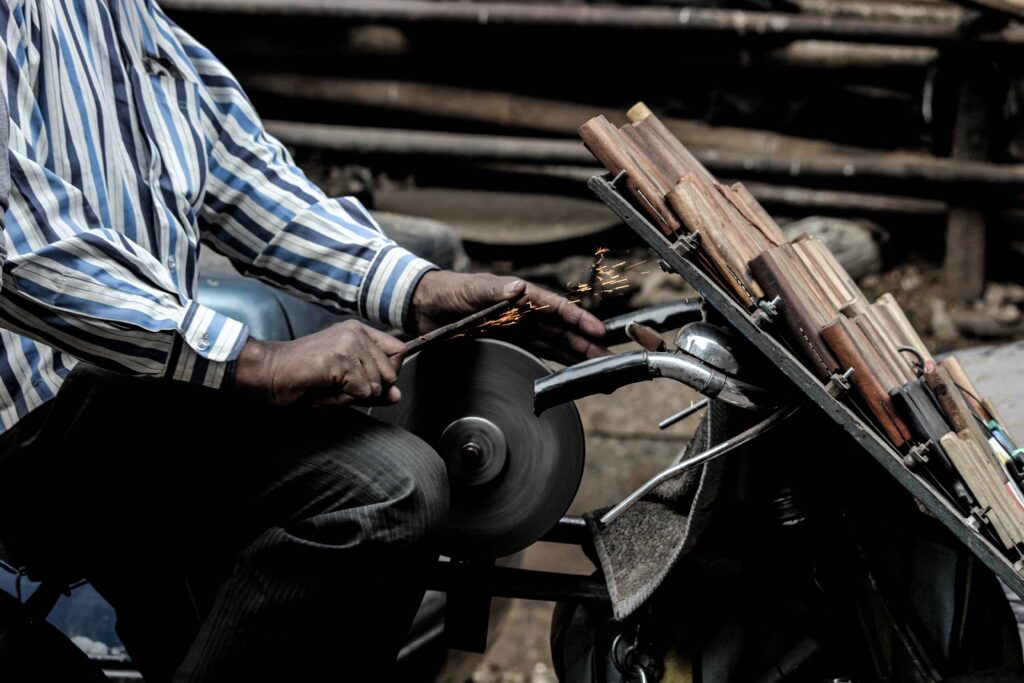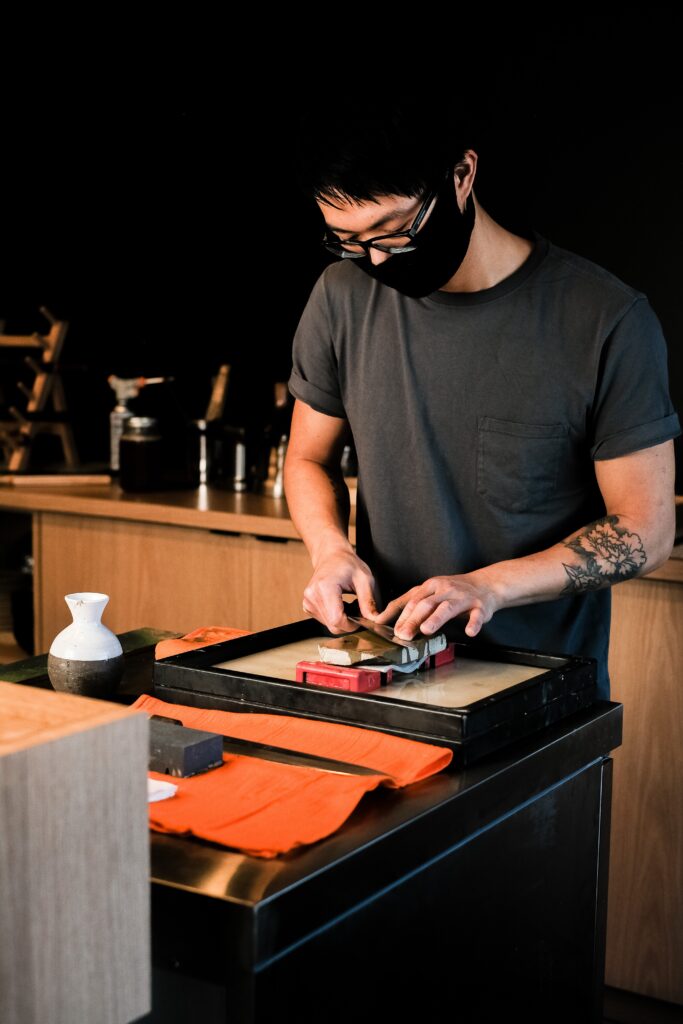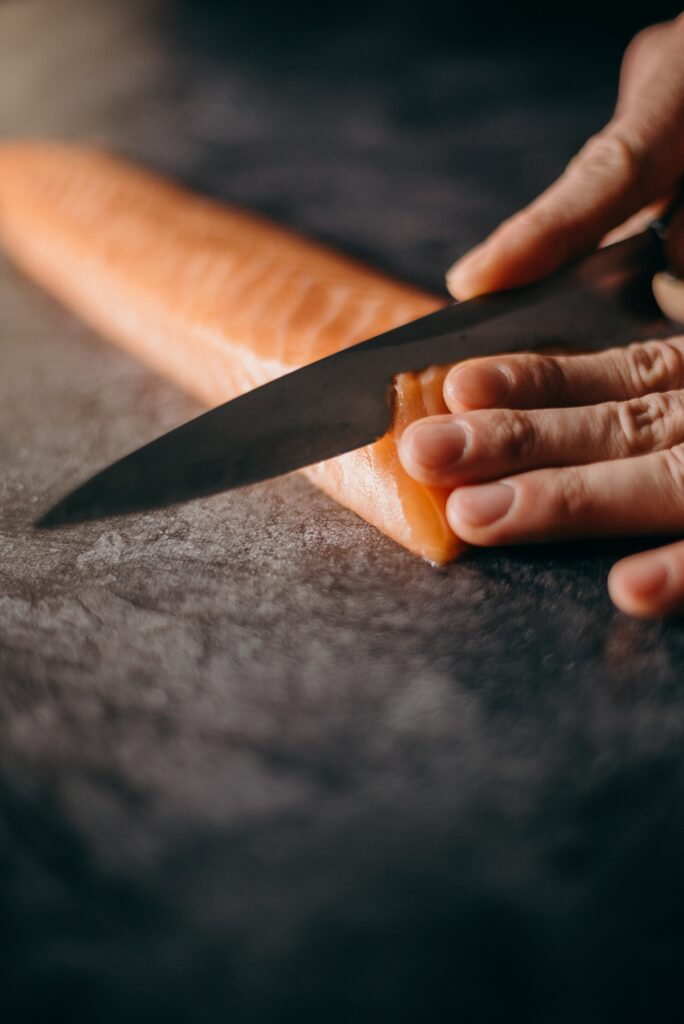
Sharpening a knife is a simple task, but it can be intimidating for those who have never done it before. A sharp knife is not only safer to use, but it also makes food preparation much easier. In this article, we will discuss the steps you can take to sharpen a knife properly.
Step 1: Choose the Right Sharpening Tool
There are several types of sharpening tools available in the market, including whetstones, sharpening rods, and electric sharpeners. Each tool has its pros and cons, but for beginners, a whetstone or sharpening rod is the best option. Whetstones are available in various grits, with higher grits producing a finer edge. Sharpening rods, also known as honing rods or steel, are typically made of ceramic or steel and are used to maintain a knife’s edge between sharpening sessions.
Step 2: Know the Knife’s Angle
The angle at which you sharpen your knife is crucial. If you sharpen at the wrong angle, you can damage the knife’s edge or create a dull edge. Most knives have a 20-degree angle, but some knives, such as Japanese knives, have a narrower angle. Check the manufacturer’s instructions or do some research to find out what angle your knife requires.
Step 3: Prepare the Sharpening Surface
Before you start sharpening, make sure you have a stable surface to work on. Place a damp towel or non-slip mat underneath the whetstone or sharpening rod to prevent it from slipping. You don’t want to be chasing a moving sharpener when trying to sharpen a knife.
Step 4: Start Sharpening
Hold the knife by the handle with your dominant hand and place the blade against the whetstone or sharpening rod at the correct angle. Make sure the blade is in contact with the sharpener along its entire length. For a whetstone, use up-and-down motion, while for a sharpening rod, use a sweeping motion from the base of the blade to the tip. Repeat this process on both sides of the blade until the edge becomes sharp.

Step 5: Test the Knife
After sharpening, test the knife’s sharpness by cutting a piece of paper. If the knife easily slices through the paper, then it’s sharp. If not, repeat the sharpening process until you achieve the desired sharpness.
Step 6: Maintenance
To maintain the knife’s sharpness, use a sharpening rod regularly to maintain the edge’s sharpness. Also, avoid using the knife on hard surfaces such as glass or metal, as this can quickly dull the blade.

In conclusion, sharpening a knife is a simple process that requires the right tool, the correct angle, and some patience. By following these steps, you can keep your knives sharp and make food preparation much easier.